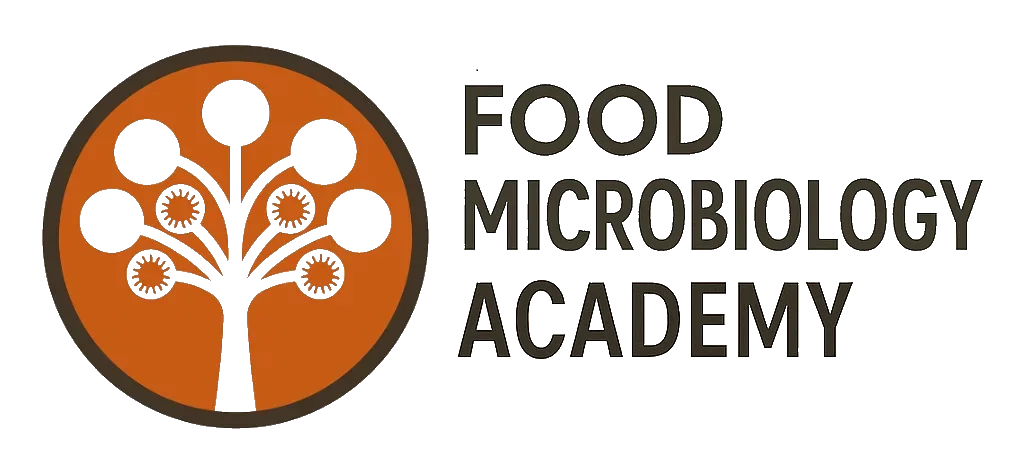Understanding Maine’s Cottage Food Laws: Empowering home-based food entrepreneurs.
Food safety regulations in Maine, USA, are designed to safeguard consumers and ensure the production, handling, and sale of food products meet established health and safety standards. Through licensing, inspections, adherence to Good Manufacturing Practices (GMPs), implementation of Hazard Analysis and Critical Control Points (HACCP), and employee training, Maine aims to prevent foodborne illnesses, maintain the integrity of the food supply, and promote public health. Consumers are encouraged to be vigilant, report concerns, and participate actively in maintaining a safe food environment.



